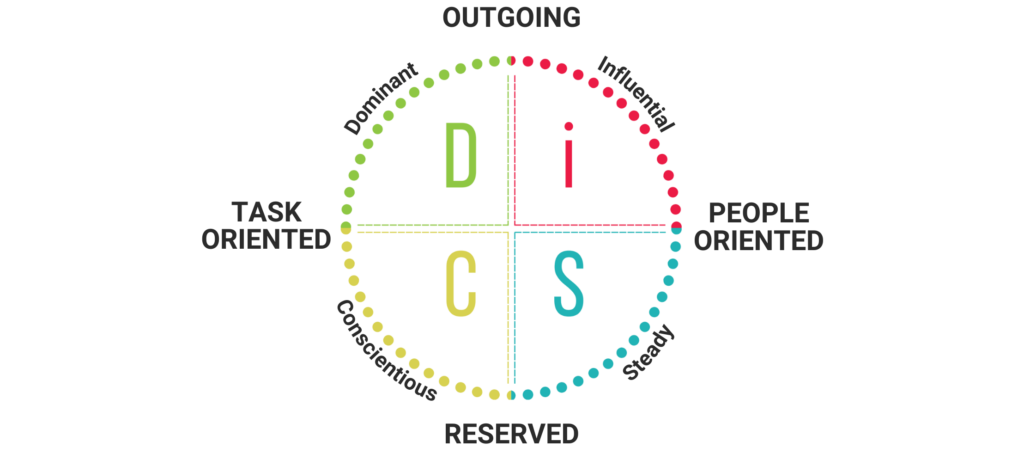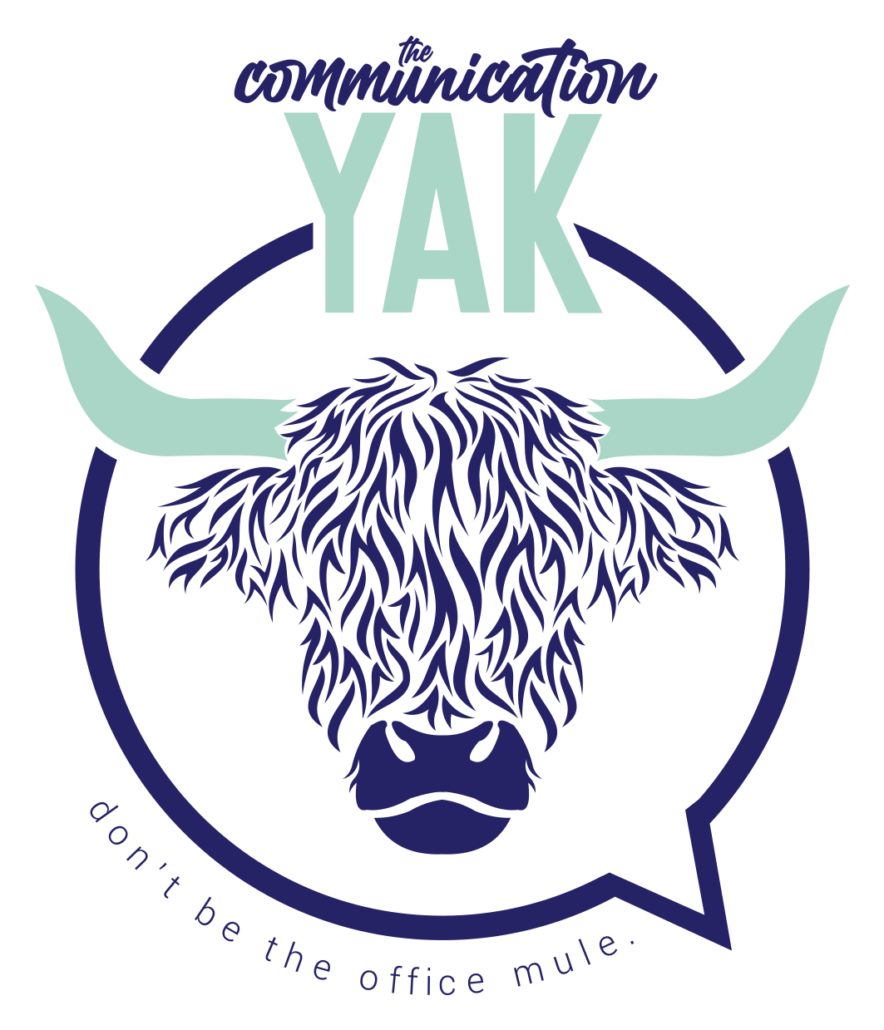
Have you ever been told that you do an excellent job in your current position? And guess what! Because of it, your company would like to promote you to a management position.
You think, “A promotion! Hell ya!” Maybe because you are excited to make more money, jump into a leadership role, or learn something new.
But once you start the new position, you might realize it is a whole new ball game. You are managing a team of people and have the following tasks to implement:
- Plan the budget.
- Set team goals and host team meetings to check on said goals.
- Share messages between your team and upper-level management.
- Navigate your employees’ schedules, sick time, and holidays.
- Keep up with emails in a reasonable amount of time.
- Take care of all the other day-to-day duties.
And this is not an exhaustive list!
FROM PRO TO ROOKIE
I love this article by Forbes, “This is why no one wants to be a middle manager anymore”. It dives deep into why middle managers are so stressed and done with their position. All of those responsibilities and then, oh by the way, can you please change the entire culture of our company?
It happens way too often. The individual who was SO good at their previous job is now taking on a completely different role and often overseeing the exact people they once worked with.
For many, the transition from the previous position to management is like going from pro to rookie in the blink of an eye!
SHORT ACTIVITY TO IMPROVE YOUR SKILLS FOR MANAGING YOUR TEAM
Well, a word of wisdom, take time to get to know your team. Learn about each one of them individually – their quirks, behaviors, personalities, motivations, etc.
Here is a short activity to get you started.
STEP 1: Gather what is needed.
- Download this management tip sheet which you will use with the steps below.
- Piece of paper and pen OR open up a spreadsheet.
STEP 2: On your paper or in your spreadsheet, title five columns: Name, Energy, Focus, DiSC Style, Characteristics.
STEP 3: List out the members of your team under the name column.
STEP 4: For each individual, ask yourself if they are more outgoing or reserved. Under the second column, write O for outgoing, R for reserved, or B for both if you are unsure.
STEP 5: For each individual, ask yourself if they are more task-oriented or people-oriented. Under the third column, write T for task-oriented, P for people-oriented, or B for both if you are unsure.
STEP 6: Using the image below, determine where they fall on the DiSC map and write that letter (or two) beside their name on your paper or spreadsheet.

STEP 7: Use the communication tip sheet that you just downloaded to fill in tips for each employee based on their Everything DiSC style.
And voila! You now have some simple information you can apply as a manager in order to effectively communicate and engage with your employees, one of the major skills it takes to be a quality manager!
Carol Grubbe LLC: Communication Made Simple
Understanding how to communicate with your employees is as simple as knowing their communication style.

